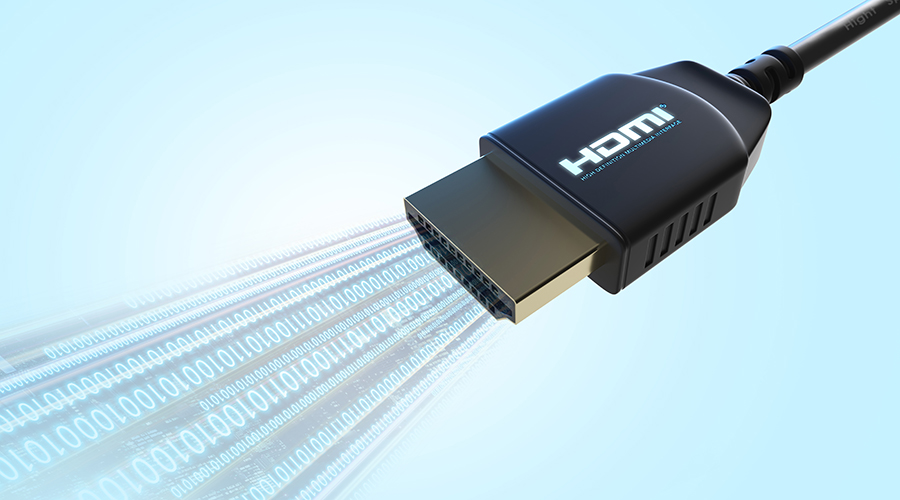
:max_bytes(150000):strip_icc()/Pluggedin-11e8a9ab5a824cb28ef7fdbbee270e83.jpg)
The current 4K standard for HDMI, called HDMI 2.0, is rated to carry up to 18 Gbps of information. That’s right, the 4K standard is going to be upgraded. That’s because the current standard for video to a display has already been announced as obsolete. That’s quite the list of questions to ask, but those are the right ones to ask yourself before any cabling is run to the projector location. later-will walls need to be cut into to run a new cable, or are you dealing with new construction with open access? If you do have access to replace a cable in the future, how difficult will it be to do so, and are there options to avail yourself of now to make that process easier later? Where is your projector going? Is it going at the back of the room with source equipment directly below the projector? Is it going a few feet from the back wall with equipment on the other side of the room or hidden away in a closet? If you're doing a ceiling mount, do you have an attic space above where the projector will be located? What type of access do you have to either add or remove a cable that needs to be replaced or upgraded in the future? What type of access do you have now vs. This means that while a basic answer to this question is often given, especially by builders and installers who just want to get in and out with whatever solution may work today, in the long run the wrong choice could cost you more money and time than is necessary.Ĭonsider your installation.

Wiring to a projector, while very similar to wiring for a television, is also quite different because the wiring is more often buried behind walls and ceilings, which limits access.

What type of cable should I run for my new projector, and are there any other wiring considerations that I need to make? Got a question for ProjectorCentral Q&A? Send it to us here!


 0 kommentar(er)
0 kommentar(er)
